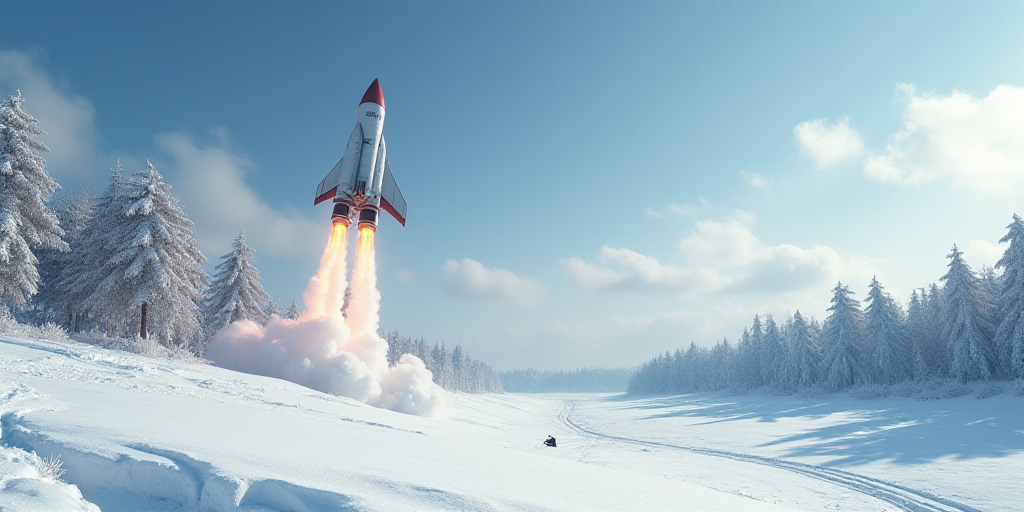Key Nuclear Players Modernizing Arsenals
The world is facing a new nuclear arms race, according to the Stockholm International Peace Research Institute (SIPRI). Major nuclear-armed states, particularly the United States and Russia, which together hold around 90% of global nuclear reserves, are modernizing existing weapons and introducing new versions, as per the SIPRI report.
Historical Context and Recent Trends
Since the end of the Cold War, nuclear ovulations have generally been dismantled faster than new deployments, leading to a decrease in the total number of warheads. However, this trend may reverse in the coming years.
According to Dan Smith, director of SIPRI, “We foresee now that the number of operational nuclear warheads is starting to increase.” China, for instance, possesses around 600 nuclear warheads and is expected to reach 1,000 within seven to eight years by adding 100 new warheads annually in 2023 and 2024.
“Highly Technological” Nuclear Modernization
As of January 2025, SIPRI recorded a total of 12,241 nuclear warheads, with 9,614 stored for potential use. Russia and the United States have extensive modernization and replacement programs for their nuclear warheads.
Although the UK did not increase its warhead count in 2024, it is likely to rise in the future due to their decision in 2021 to raise the warhead limit from 225 to 260. France’s nuclear modernization program advanced in 2024, maintaining its arsenal at around 290 warheads.
India and Pakistan continued developing new types of nuclear weapon delivery systems in 2024. India’s stockpile grew to approximately 180 warheads, while Pakistan maintained its arsenal at around 170 warheads.
North Korea’s nuclear weapons program remains central to its national security strategy, with an estimated 50 warheads that could reach up to 90 in the future. Israel, which does not acknowledge possessing nuclear weapons, is also modernizing its estimated 90 warheads.
Beyond Numbers: A Highly Technological Nuclear Race
SIPRI warns that the upcoming nuclear arms race is not solely about the number of warheads but will be “highly technological,” extending to space and cyberspace. Control and guidance systems for nuclear weapons will also be competitive sectors.
The rapid development of artificial intelligence will likely play a significant role, initially as a human complement. However, Smith cautions against full automation: “That’s a step that should never be taken.”
Key Questions and Answers
- What is the current state of nuclear warheads? As of January 2025, there are approximately 12,241 nuclear warheads worldwide, with around 9,614 stored for potential use.
- Which countries are modernizing their nuclear arsenals? The United States, Russia, China, the United Kingdom, France, India, Pakistan, and North Korea are all modernizing their nuclear arsenals.
- What is the significance of this nuclear arms race? This race is not just about increasing the number of warheads but also focuses on highly advanced technologies, including space and cyberspace applications, as well as AI-driven control and guidance systems.
- Why is full automation of nuclear weapons a concern? Experts like Dan Smith from SIPRI warn against full automation, emphasizing the risks associated with removing human control from such critical systems.






